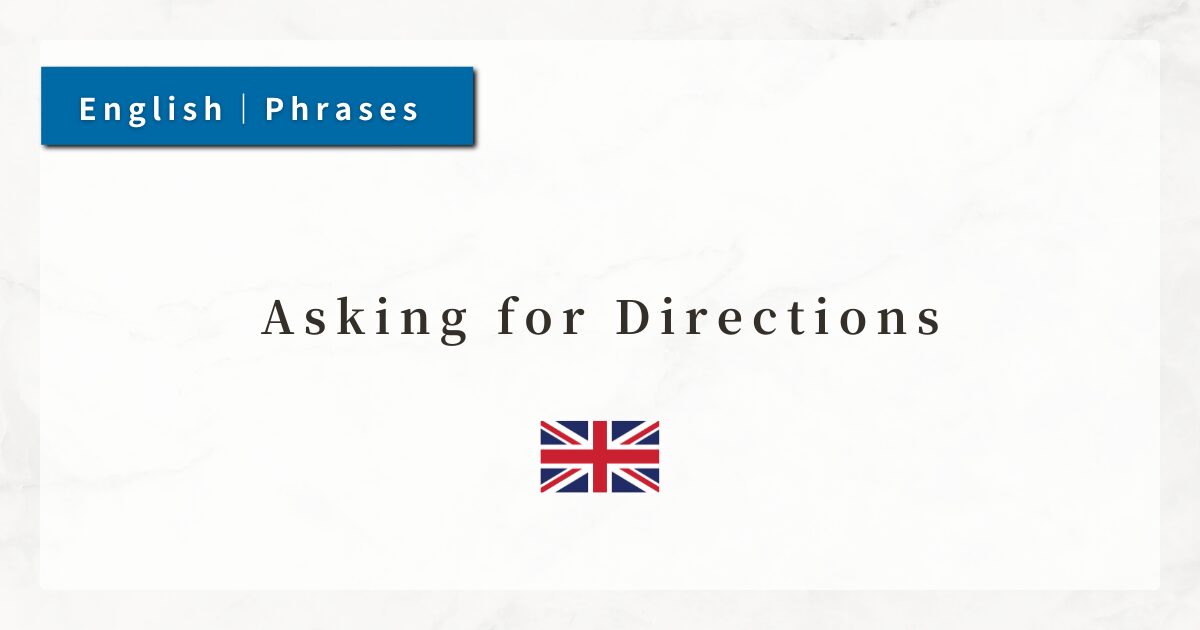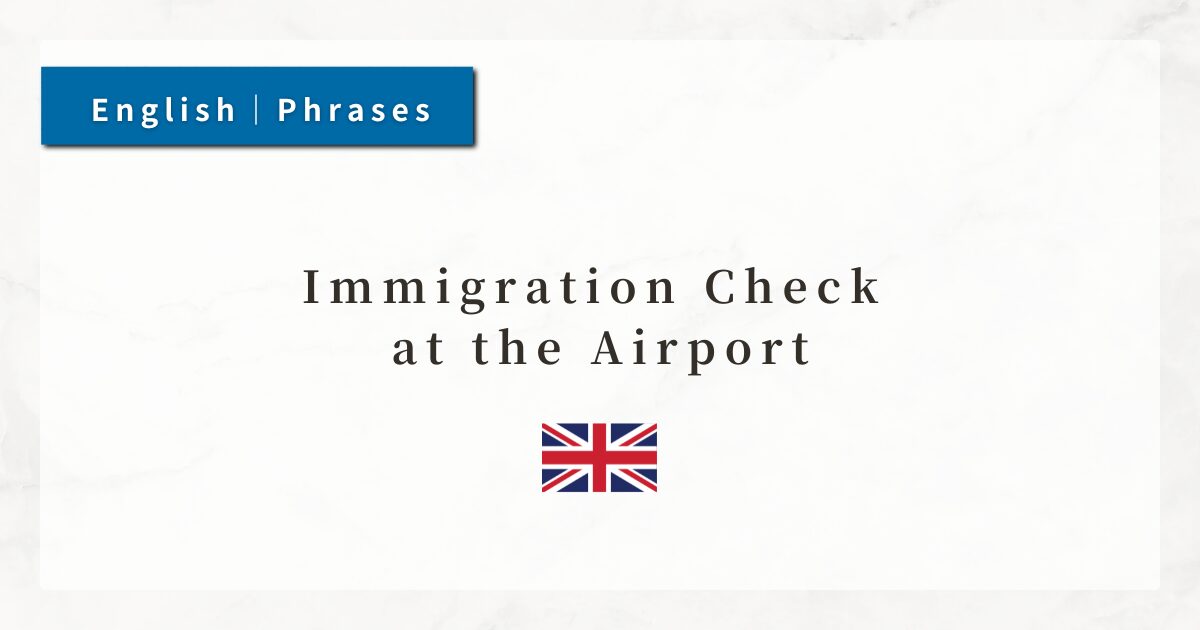#24 Asking for Directions|English Travel Conversation

When traveling abroad, there may be times when your map app isn’t working properly, or you get lost and don’t know how to get from your current location to your destination.
In such situations, being able to ask for directions in English allows you to ask locals for help more easily and continue your trip with confidence.
In this lesson, I will introduce useful English phrases for asking how to get to your destination and explain key grammatical points commonly used in giving or receiving directions.
Dialogue

Excuse me, how can I get to the station?

Go straight for two blocks, then turn right at the traffic light.

Got it. Is it far from here?

Not really. It’s about a five-minute walk.

Thank you so much.

You’re welcome. Have a good day!
1. Basic Phrases for Asking Directions
When you want to ask for directions to your destination, use expressions like the following:
- How can I get to the station?
The phrase “can I get to ~” means “Can I go to ~?”, and “get to + place” means “to reach or go to a place.”
This is a suitable and polite way to ask about routes or transportation methods (on foot, by bus, by train, etc.).
Here are other polite variations you can use when traveling:
- Can you tell me how to get to the museum?
- Is there a good way to get to the park from here?
2. Common Verbs and Expressions Used in Giving Directions
When locals give you directions, you will often hear the following verbs and expressions:
| Expression | Explanation |
|---|---|
| Go straight | The most basic verb used when describing direction. |
| Turn right / left | Commonly used with landmarks such as traffic lights or corners. |
| At the corner | As in “Turn right at the corner.” |
| At the traffic light | Used when giving directions based on traffic signals. |
| Next to / Across from | Used to describe the location of a place relative to another. |
| On your right / On your left | Used to indicate the final location. |
When someone mentions a landmark such as a “traffic light” or “building,” it often serves as a reference point for directions, so pay attention to such words.
3. Phrases for Asking and Explaining Distance
When you want to ask about distance, use expressions like these:
- Is it far from here?
- How long does it take on foot?
To answer such questions, use phrases like:
- It’s about a five-minute walk.
- It’s not far.
- It takes around 10 minutes by bus.
Using words like about or around makes your response sound softer and more polite.
4. Polite Ways to Address and Thank Someone
When speaking to locals during your trip, it’s polite to start the conversation with “Excuse me.” rather than jumping straight into your question.
Also, remember to thank the person after they help you.
- Thank you very much.
- I appreciate your help.
If the other person says “Have a nice day!”, you can reply with “You too!” to sound friendly and natural.
Summary
- How can I get to ~?
→ A basic expression for asking how to get to a destination. - Go straight / Turn right
→ Common verbs for giving directions. - Is it far from here?
→ A natural way to ask about distance. - It’s about a five-minute walk.
→ Explains distance in time. - Excuse me / Thank you / You too
→ Basic polite expressions for smooth communication.




